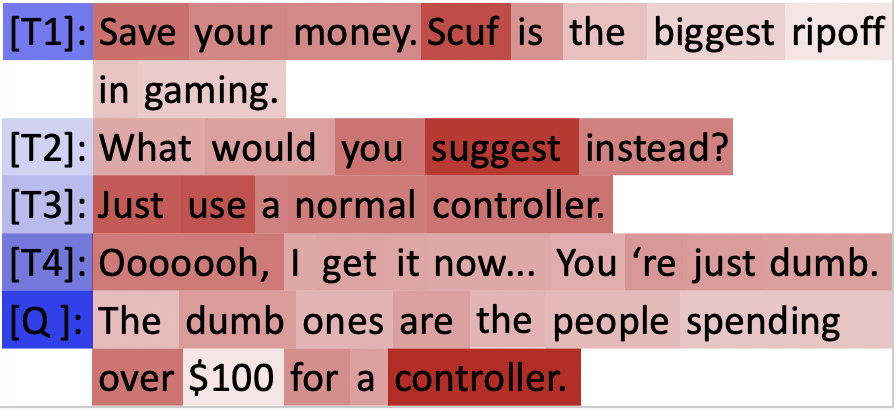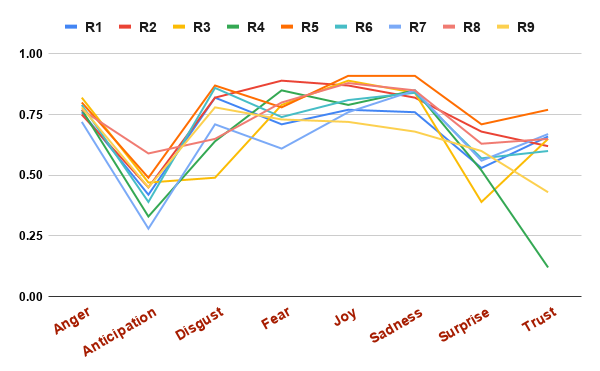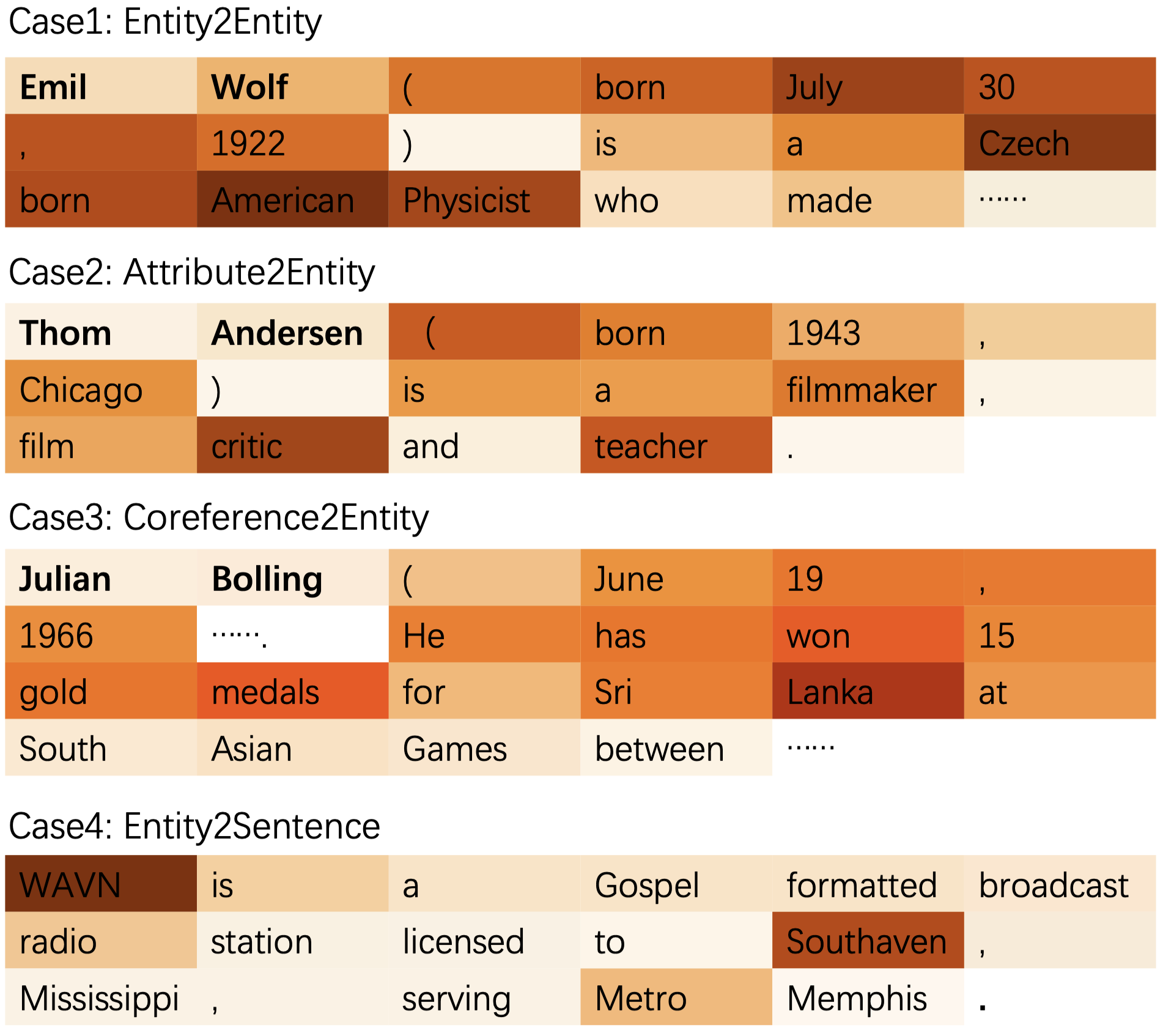Relation-aware Graph Attention Networks with Relational Position Encodings for Emotion Recognition in Conversations
Taichi Ishiwatari, Yuki Yasuda, Taro Miyazaki, Jun Goto
Sentiment Analysis, Stylistic Analysis, and Argument Mining Long Paper

You can open the pre-recorded video in a separate window.
Abstract:
Interest in emotion recognition in conversations (ERC) has been increasing in various fields, because it can be used to analyze user behaviors and detect fake news. Many recent ERC methods use graph-based neural networks to take the relationships between the utterances of the speakers into account. In particular, the state-of-the-art method considers self- and inter-speaker dependencies in conversations by using relational graph attention networks (RGAT). However, graph-based neural networks do not take sequential information into account. In this paper, we propose relational position encodings that provide RGAT with sequential information reflecting the relational graph structure. Accordingly, our RGAT model can capture both the speaker dependency and the sequential information. Experiments on four ERC datasets show that our model is beneficial to recognizing emotions expressed in conversations. In addition, our approach empirically outperforms the state-of-the-art on all of the benchmark datasets.
NOTE: Video may display a random order of authors.
Correct author list is at the top of this page.
Connected Papers in EMNLP2020
Similar Papers
Continuity of Topic, Interaction, and Query: Learning to Quote in Online Conversations
Lingzhi Wang, Jing Li, Xingshan Zeng, Haisong Zhang, Kam-Fai Wong,

Multi-resolution Annotations for Emoji Prediction
Weicheng Ma, Ruibo Liu, Lili Wang, Soroush Vosoughi,

EmoTag1200: Understanding the Association between Emojis and Emotions
Abu Awal Md Shoeb, Gerard de Melo,

Is Graph Structure Necessary for Multi-hop Question Answering?
Nan Shao, Yiming Cui, Ting Liu, Shijin Wang, Guoping Hu,
